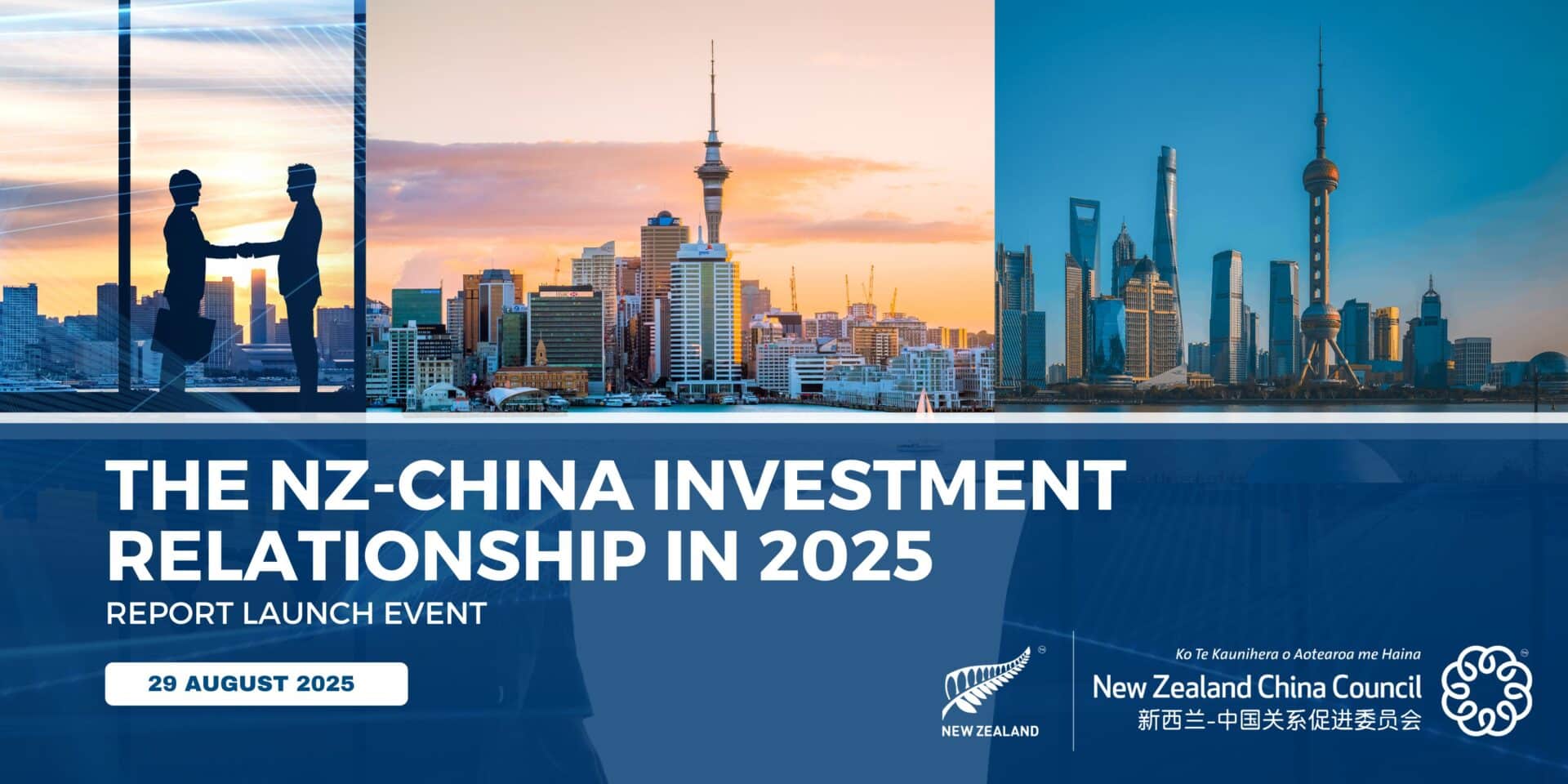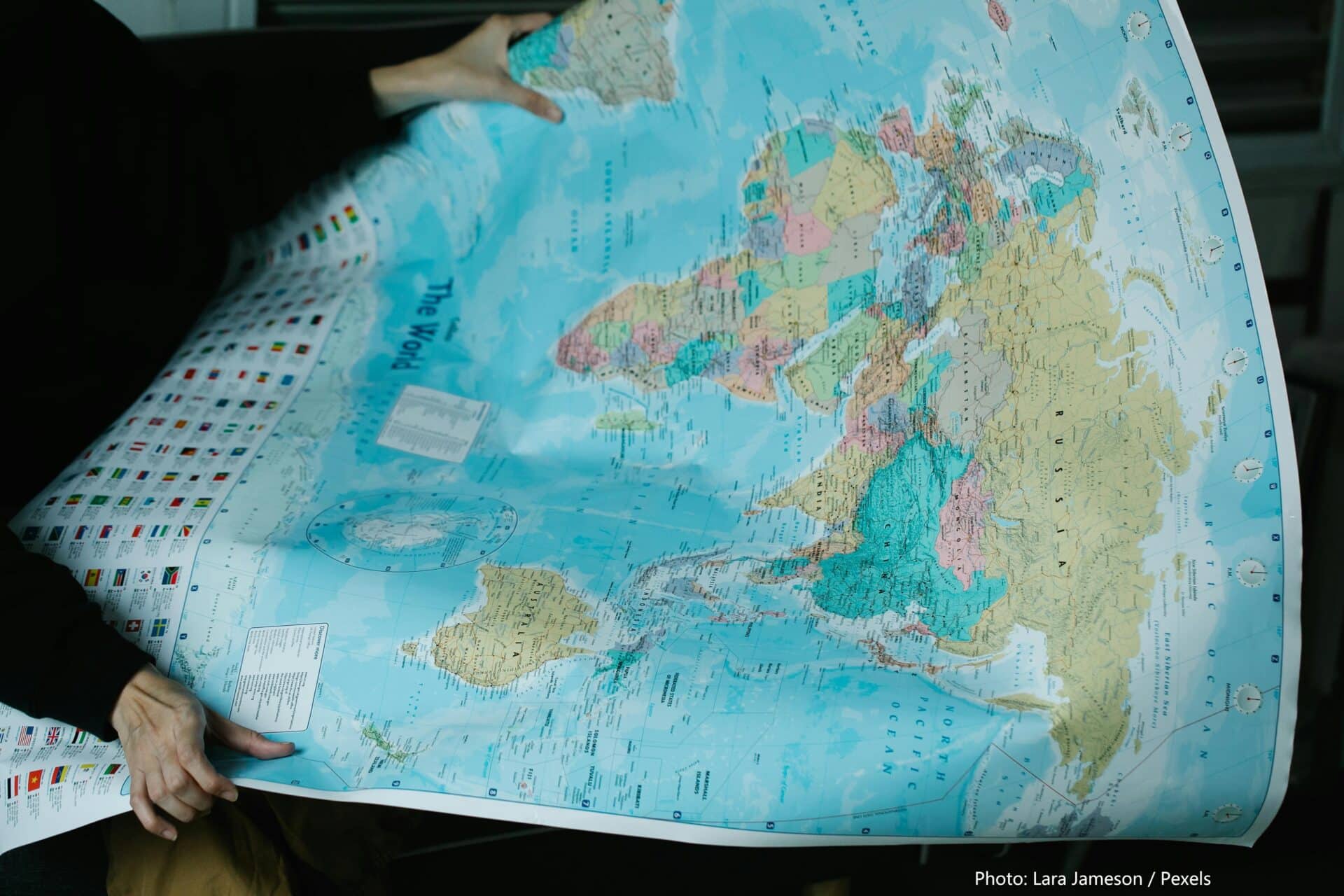Stephen Jacobi: The Belt and Road – four ways we can benefit
Premier Li Keqiang’s visit a year ago provided our two governments with a Memorandum of Arrangement. Here he is welcomed to Government House in Wellington by kaumatua Professor Piri Sciascia. Photo / Mark Mitchell
NZ Herald
By: Stephen Jacobi
Stephen Jacobi makes the case for proactive but careful involvement in China’s Belt and Road Initiative.
China’s Belt and Road Initiative (BRI) has provoked strong opinion in New Zealand and around the world.
Some see it as a welcome plan to increase connectivity between nations, and a more inclusive, development-led model of globalisation. Others cast it as an attempt by China to develop soft power, and even as a means of projecting its industrial strategy.
Regardless of where one stands, no one doubts the BRI is here to stay. It is now seen as a central pillar of China’s economic strategy, supported at the highest levels of the Chinese Government.
BRI is increasingly the framework through which China engages with the rest of the world.
Today New Zealand is facing greater competition than ever for attention in China.
Australia has negotiated a very good FTA, Chile has already upgraded its FTA, European states are making a huge push to develop people-to-people links, and Latin American countries are already staking out their roles in the BRI.
Where does this leave us? There’s no doubt we can be on the BRI map if we want to be.
On the other hand, if we choose not to engage, others almost certainly will and we could find our position in the Chinese market further eroded.
The smart option is to try to develop our participation in a way that builds on our comparative advantage and matches our interests and values.
The ability to co-operate for mutual benefit despite fundamental differences is a hallmark of the New Zealand-China relationship, and our involvement in BRI need not be any different.
On the upside there will be tangible benefits to a number of our key sectors, as long as we develop carefully our thinking around the specifics of our contribution and how this can be presented to our Chinese partners.
So where do we begin? Premier Li Keqiang’s visit a year ago provided the two governments with a non-binding Memorandum of Arrangement, which gives us a mechanism firstly to define our contribution, and secondly to present this under a framework for bilateral co-operation.
The New Zealand China Council is working on a strategic pathway to identify the big opportunities for New Zealand. We expect these are more likely to be in “soft infrastructure” rather than “hard infrastructure” — the way goods, services, capital and people move along the belt and road, rather than building the road itself.
Specifically, four areas where New Zealand can make a unique contribution are: trade facilitation and supply chain connectivity, linking China with South America, innovation, and the creative sector.
Trade facilitation could leverage our world class biosecurity regime, expertise in cross-border movement of goods, and experience in working across jurisdictions on trade hubs. Our geographic location and trade and tourism relationships with China and South America position us as a natural connection between the two.
In the innovation space, New Zealand can utilise its strong capability in science and technology and advance our existing collaboration and commercial links in these areas.
For the creative sector, opportunities exist to use creative properties to expand people to people links, cultural awareness, understanding and exchange.
These areas will need further thought and refinement, as well as identifying who should pursue the opportunities — government, business, universities or cities. The NZ China Council will release a report in May setting out our final recommendations.
As we move forward to implementing our BRI strategy, we will of course need to continue to monitor developments in China, and give thought to any risks in pursuing this course.
One obvious risk may be to underestimate or overestimate the value of participation.
The BRI, much like our wider relationship with China, should not replace other important relationships and arrangements with the rest of the world. We can pursue BRI and initiatives like CPTPP at the same time.
BRI will not require us to surrender our sovereignty or our independent foreign policy. It is up to New Zealand and New Zealanders alone to make the running and come up with ideas for how we can take part and add value to our existing relationship. This is work we have to do ourselves.
It will require innovative new thinking, open minds and classic Kiwi ingenuity as we work together to chart our own path along the Belt and Road.
Stephen Jacobi is Executive Director of the NZ China Council.












 MENU
MENU
